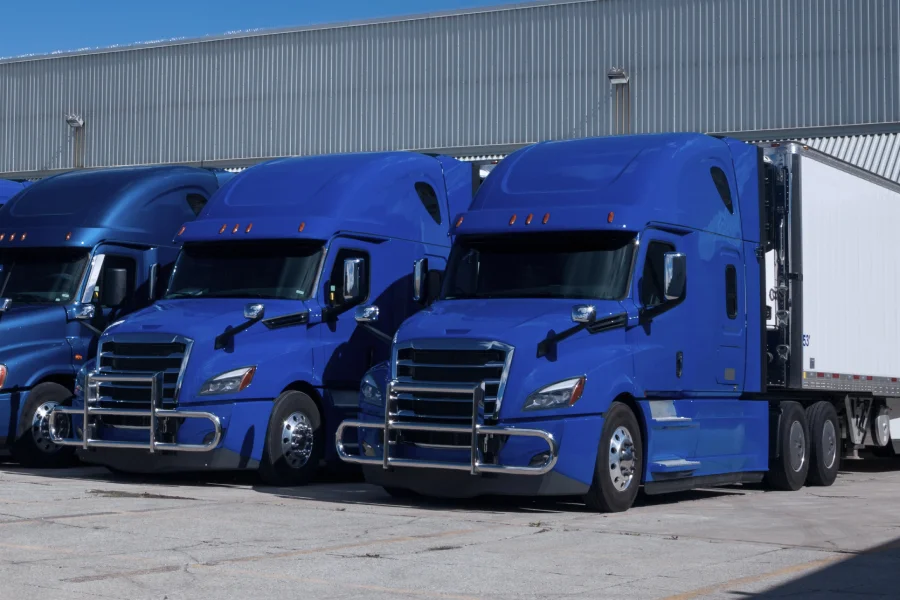Many businesses are currently debating whether they really need to handle their own order fulfillment, transportation, and delivery procedures. For instance, a small to medium business that specializes in the production of goods is generally not the greatest fit to manage its own transportation system. In “normal” operating settings, this business may have been able to successfully manage its own transportation, but the current situation is far from typical.
The current state of transportation is unpredictable and rather chaotic. The networks are seriously out of balance. For instance, the pendulum that swings between shippers and freight forwarders is now firmly in the latter’s domain. The implication is that providers have plenty of clients to work with, charges are rising, and capacity is varying.
The imbalanced nature of the situation is exerting pressure on tender acceptances. Due to this, more businesses are trying to diversify the modes of transportation they utilize to move their goods, whether it be truckload, LTL, expedited fleets, or a mixture of all three. These many strategies are assisting businesses in coping with the current market cyclicality.
Companies also want the ideal technology, data, and visibility capabilities that assist wise decision-making and enable them to run successfully in order to manage these various networks. Without these tools, businesses are unable to alter their networks and strategies or lessen the market-driven fluctuations that are negatively affecting their operations.
The epidemic, the sharp increase in e-commerce sales, and ever-shrinking delivery times have subsequently forced a transportation sector already struggling with the driver shortage and capacity concerns into uncharted territory. For instance, when the trucking schools closed as a result of COVID, the pipeline for new graduates also came to an end. Because they are already operating at decreased capacity, fewer new drivers are entering the market.
Additionally, the pandemic forced several drivers prematurely off the work market. For example, those who were contemplating retiring seized the chance to do so when COVID struck. These two blows together have increased the burden on carriers. The same transportation service providers are also handling increasing shipment volumes, a rise in the number of large, bulky products being transported to homes rather than retail locations, and ongoing difficulties with last-mile delivery.
Businesses had to reevaluate their transport systems due to these difficulties, but carriers also had to adapt to the “touchless” delivery setting and figure out how to drop products at the barrier while also recording proof-of-delivery details.
The reshoring/onshoring movement, in which manufacturers relocate their production activities to the United States, is also contributing to an increase in business volumes for these companies. These changes place enormous demand on shipping networks when taken together.
In order to cope, many businesses are looking for seasoned, competent logistics partners who provide a wide range of conventional and tailored services. These partners, with great expertise in logistics, make transportation management easier while allowing businesses to focus on what they do best: managing their operations profitably and successfully.


